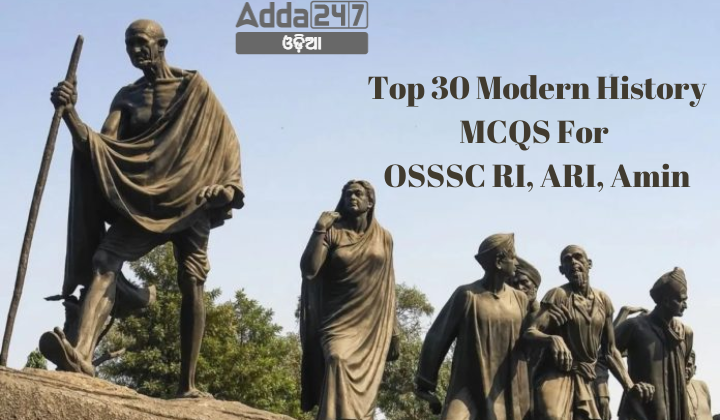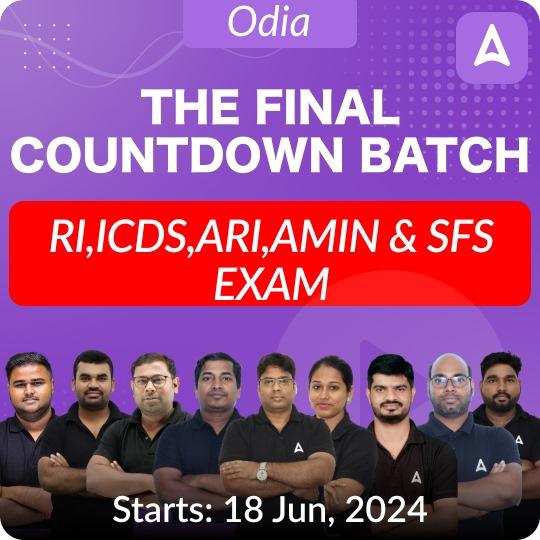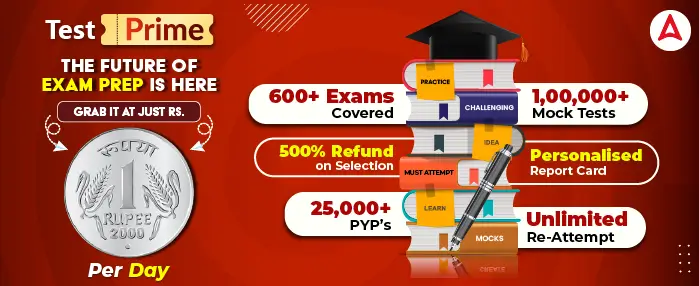Preparing for competitive exams such as OSSSC RI (Revenue Inspector), ARI (Assistant Revenue Inspector), Amin, SFS, or ICDS Supervisor often requires a strong grasp of historical events. Modern history, especially, forms a significant part of the syllabus, covering crucial periods and events that shaped the world as we know it today. To aid in your preparation, here are 30 multiple-choice questions (MCQs) focusing on modern history:
Top 30 Modern History MCQs for OSSSC RI,ARI, Amin, SFS, ICDS Supervisor
- What was the primary change brought about by the Regulating Act of 1773?
(a) It introduced a dual government in Bengal.
(b) It established a Board of Control to oversee the Company’s affairs.
(c) It allowed the British Parliament to regulate civil, military, and revenue affairs in the Company’s territories.
(d) It abolished the position of the Governor-General in Bengal.
Answer: (c) It allowed the British Parliament to regulate civil, military, and revenue affairs in the Company’s territories. - What significant reform was introduced by the Pitt’s India Act of 1784?
(a) It ended the Dual Government and established direct British administration in Bengal.
(b) It created a Board of Control to guide and control the work of the Court of Directors and the Government of India.
(c) It reconstituted the Governor-General of Bengal as the Governor-General of India.
(d) It granted complete autonomy to the Company’s territories in India.
Answer: (b) It created a Board of Control to guide and control the work of the Court of Directors and the Government of India. - Which Act marked the end of the Dual Government in Bengal?
(a) Regulating Act of 1773
(b) Pitt’s India Act of 1784
(c) Charter Act of 1813
(d) Charter Act of 1833
Answer: (a) Regulating Act of 1773 - What was the main feature of the Charter Act of 1813?
(a) It abolished the Company’s control over the Indian administration.
(b) It allowed the British Parliament to directly administer India.
(c) It continued the control of the Company over the government and revenues of India.
(d) It re-designated the Governor-General of Bengal as the Governor-General of India.
Answer: (c) It continued the control of the Company over the government and revenues of India. - What was the significance of the Charter Act of 1833?
(a) It abolished the dual government system in favor of direct British rule.
(b) It gave exclusive legislative powers to the Governor-General of Bengal.
(c) It established the Board of Control to oversee the administration.
(d) It reconstituted the Governor-General of Bengal as the Governor-General of India.
Answer: (d) It reconstituted the Governor-General of Bengal as the Governor-General of India. - What was the role of the Board of Control as established by the Pitt’s India Act of 1784?
(a) To administer the civil, military, and revenue affairs in India directly.
(b) To guide and control the work of the Court of Directors and the Government of India.
(c) To manage the dual government system in Bengal.
(d) To regulate trade policies of the East India Company.
Answer: (b) To guide and control the work of the Court of Directors and the Government of India. - Which Act allowed the British Parliament to have supervisory authority over the presidencies of Bombay and Madras?
(a) Regulating Act of 1773
(b) Pitt’s India Act of 1784
(c) Charter Act of 1813
(d) Charter Act of 1833
Answer: (a) Regulating Act of 1773 - Which legislative Act was responsible for re-designating the Governor-General of Bengal as the Governor-General of India?
(a) Regulating Act of 1773
(b) Pitt’s India Act of 1784
(c) Charter Act of 1813
(d) Charter Act of 1833
Answer: (d) Charter Act of 1833 - In which year did the British Parliament pass the Regulating Act?
(a) 1772
(b) 1773
(c) 1784
(d) 1813
Answer: (b) 1773 - The Charter Act of 1813 primarily maintained the Company’s control over which aspect of India?
(a) Military affairs
(b) Civil administration
(c) Government and revenues
(d) Legislative powers
Answer: (c) Government and revenues - Who instituted the Ryotwari system?
(a) Lord William Bentinck
(b) Holt Mackenzie
(c) Sir Thomas Munro
(d) Robert Clive
Answer: (c) Sir Thomas Munro - In which regions was the Ryotwari system primarily practiced?
(a) North-West Frontier, Punjab
(b) Madras, Bombay, Assam, Coorg
(c) Bengal, Bihar, Orissa
(d) Delhi, Haryana, Uttar Pradesh
Answer: (b) Madras, Bombay, Assam, Coorg - What was the rate of tax on dryland under the Ryotwari system?
(a) 40%
(b) 50%
(c) 60%
(d) 70%
Answer: (b) 50% - The Mahalwari system was introduced by which British official?
(a) Sir Thomas Munro
(b) Robert Clive
(c) Holt Mackenzie
(d) Warren Hastings
Answer: (c) Holt Mackenzie - What was the state share of revenue in the Mahalwari system?
(a) 50%
(b) 55%
(c) 60%
(d) 66%
Answer: (d) 66% - How were the taxes assessed in the Mahalwari system?
(a) Per landholder
(b) Per Mahal (village group)
(c) Per individual crop
(d) Per acre of land
Answer: (b) Per Mahal (village group) - What was a major difference between the Ryotwari and Zamindari systems?
(a) The role of middlemen
(b) Tax rates
(c) Revenue collection methods
(d) Ownership rights
Answer: (a) The role of middlemen - Under the Ryotwari system, what happened if peasants failed to pay taxes?
(a) They were given an extension
(b) They were evicted
(c) Their lands were leased
(d) Their tax rates were reduced
Answer: (b) They were evicted - The Mahalwari system is considered a Modified Zamindari system because:
(a) It was more beneficial to the peasants
(b) Village headman acted as a Zamindar
(c) Taxes were collected in kind
(d) Revenue was collected directly by the British
Answer: (b) Village headman acted as a Zamindar - What was one major consequence of the British land revenue systems?
(a) Reduction in food insecurity
(b) Increase in private land ownership
(c) Decrease in farmer indebtedness
(d) Elimination of bonded labor
Answer: (b) Increase in private land ownership - Who established the Calcutta Madrassa and in what year?
(a) Jonathan Duncan, 1791
(b) William Carey, 1793
(c) Warren Hastings, 1781
(d) Thomas Babington Macaulay, 1835
Answer: (c) Warren Hastings, 1781 - What was the primary purpose of the missionaries in supporting Western education in India?
(a) To spread rational thinking and scientific principles
(b) To assist in the administration of land
(c) To Christianize and ‘civilize’ the natives
(d) To establish universities
Answer: (c) To Christianize and ‘civilize’ the natives - When did the Charter Act of 1813 come into effect, and what was its significant provision regarding education?
(a) 1791, sanctioned Rs.2 lakh for education
(b) 1813, sanctioned Rs.1 lakh for education
(c) 1835, established the General Committee of Public Instruction
(d) 1854, introduced the Wood’s Despatch
Answer: (b) 1813, sanctioned Rs.1 lakh for education - What was the major conflict within the government regarding the type of education to be provided to Indians?
(a) Language of instruction
(b) Number of schools to be established
(c) Role of missionaries
(d) Funding for education
Answer: (a) Language of instruction - Who was appointed as the Chairman of the General Committee of Public Instruction in 1835, and what was his stance on Indian learning?
(a) Thomas Babington Macaulay, who had contempt for Indian learning
(b) James Prinsep, who supported Indian learning
(c) Sir Charles Wood, who favored traditional education
(d) Henry Thomas Colebrooke, who opposed Western education
Answer: (a) Thomas Babington Macaulay, who had contempt for Indian learning - What was the significance of Wood’s Despatch of 1854?
(a) It established universities in India
(b) It called for the regularization of the education system from primary to university levels
(c) It emphasized the need for scientific and technical education
(d) It founded the Calcutta Medical College
Answer: (b) It called for the regularization of the education system from primary to university levels - Which of the following universities was NOT established by the recommendations of Wood’s Despatch?
(a) University of Madras
(b) University of Bombay
(c) University of Punjab
(d) University of Allahabad
Answer: (c) University of Punjab - According to Macaulay’s minutes, what was his view on the traditional Indian education system?
(a) It was necessary and should be preserved
(b) It was defective and unholy
(c) It should be integrated with Western education
(d) It was superior to Western education
Answer: (b) It was defective and unholy - What was a major criticism of British efforts towards education in India?
(a) High literacy rates among women
(b) Strong emphasis on scientific education
(c) The government’s primary concern was to create a class of clerks rather than to promote widespread education
(d) The rapid spread of Indian languages in schools
Answer: (c) The government’s primary concern was to create a class of clerks rather than to promote widespread education - What was the state of literacy in British India by 1921?
(a) 70%
(b) 84%
(c) 92%
(d) 94%
Answer: (c) 92%










